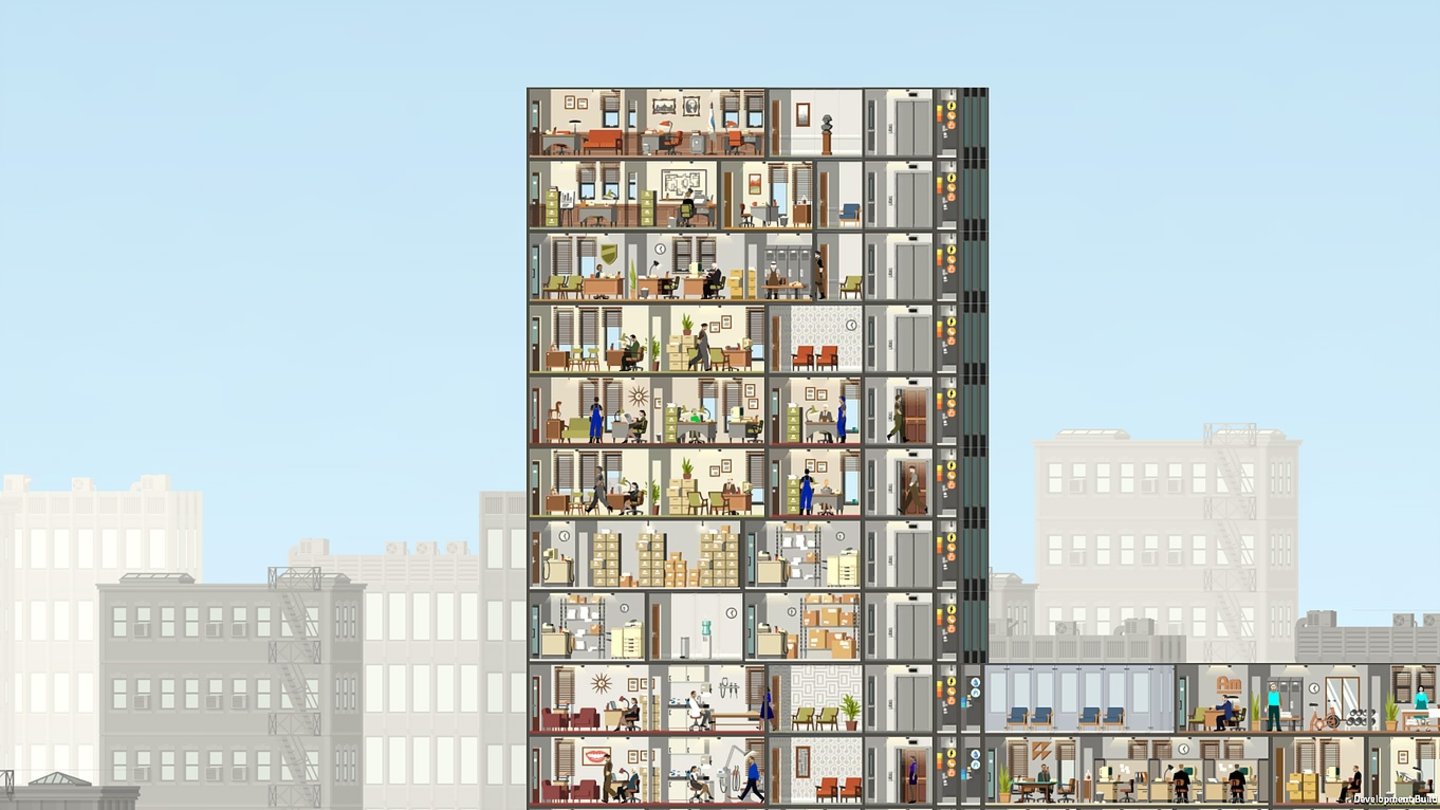

So it’s the complete edition, but what do you actually do in Project Highrise? Basically, you do Sim City, but rather than build a complete city, you build a single tower within it.
#Project highrise free
I spend almost all my time in this game playing in the sandbox mode, where you’re free to simply create as long as your in-game finances remain robust, but having access to a wide range of different shops and unit or office types thanks to the regional focus of the DLC additions is a great addition to the base game I can create endless glistening modern Japanese towers. With the Architect’s Edition on the PlayStation 4, you get the complete version out of the box, with all the DLC built right in there. What we need is agreement that such decent places can be built in our own neighbourhoods.Related reading: Our review of Project Highrise on Apple iPad We’re close to unanimity in agreeing that everyone deserves a decent place to live. We could keep the hardship of fellow Toronto residents in mind alongside our concerns about unproven harm a new development might bring.

We could give proponents of affordable housing projects a fair hearing. Short of such drastic measures, we could simply confront Nimbyism at ratepayers and other community meetings. Or we could appoint a building “czar” the likes of the late Robert Moses, who reshaped New York City according to his autocratic whim. We could adopt the model of Singapore, where about 80 per cent of residents live in safe, high-quality public housing. We have the option of effectively nationalizing the housing sector. Respect for neighbourhoods being a Toronto hallmark, the activists are in a strong position to block progress. It’s likely that most proposed affordable housing projects will be opposed by local activists. We have the money, political support and thoughtful urban planners to solve this crisis. That’s a message for Nimbyists that change can improve an entire district. We built the Crombie Park housing complex, whose derelict surroundings were transformed into one of the city’s most handsome and dynamic multi-use parks. And we did it again in Toronto in the 1960s and 1970s to accommodate a tremendous wave of immigration. Yet Toronto house prices soared by 47 per cent in that time.Īnd since 2021, house prices have surged by another 10.2 per cent, to an average house price of $1,120,352 in April.Īmong those many who are underhoused are multiple immigrant families crowded into a house built for one family would-be parents unable to contribute to family formation because they cannot buy a home suited to raising children and people, almost always women, forced to continue living with an abusive partner for lack of affordable housing alternatives. In the five years ending 2021, the latest census year, Toronto’s population grew by just 4.9 per cent.

It’s plain that for years we’ve been building the wrong kind of housing. It’s time, finally, to build most new housing projects - apartment, fourplex, co-op and condo units - with affordability as the chief criterion for government approval and financing. And the recent zoning liberalization, while necessary, abets that practice.īut provide builders with zoning and low-cost land incentives, and they will build what governments want them to.įor decades we have treated home ownership as an investment, and often a speculative one. The latter practice has increased prices without creating additional homes. And to replace single-family dwellings with larger single-family dwellings. Unfortunately, though, the market has for years encouraged developers to build unaffordable dwellings. New home construction outpaced Toronto’s population growth until last year, when high interest rates discouraged homebuilders from taking on heavy debt loads. The solution is to create more of the housing we need. The Ford and Trudeau governments have their own plans to bulk up the country’s inventory of affordable housing, some of it directed to the GTA.īut as welcome as those initiatives are, the solution is not simply providing more housing. To put that ambitious number in perspective, the city reported 16,296 home completions of all types last year. If the Action Plan alone is implemented, it should get the city of Toronto the 285,000 additional affordable homes within a decade that it aims for. That sets an example for the province and the feds, which are also among the city’s biggest landlords.Īnd since progress doesn’t happen unless you measure it, the plan calls for public deadlines by which progress can be monitored. The Action Plan calls for making city-owned land available at low prices to developers of affordable housing.


 0 kommentar(er)
0 kommentar(er)
